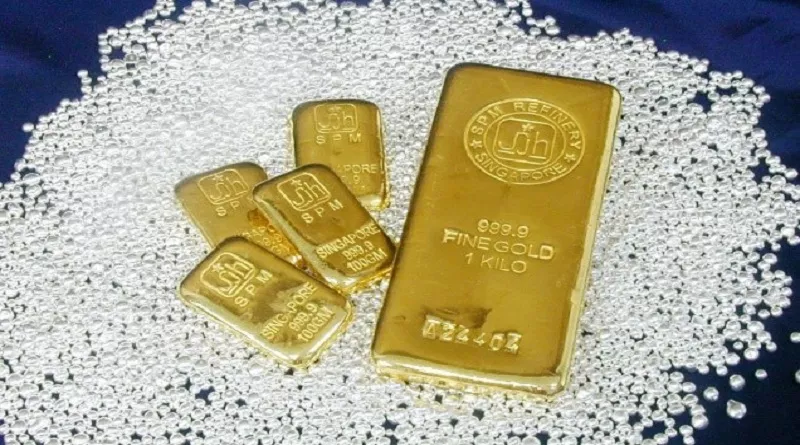The dynamics of the global economy are ever-changing, and investors keenly watch various markets to make informed decisions. Gold, a traditional safe-haven asset, has always been of particular interest to investors during times of economic uncertainty. As we approach 2023, the question on many minds is: Will gold go up in the coming year?
1. Macroeconomic Factors:
Understanding the broader economic landscape is crucial in predicting gold trends. Several key factors play a significant role:
Inflationary Pressures:
Historically, gold has served as a hedge against inflation. If inflationary pressures persist or escalate in 2023, gold may see increased demand.
Interest Rates:
Central bank policies, especially related to interest rates, influence gold prices. A low-interest-rate environment tends to make non-interest-bearing assets like gold more attractive.
Global Economic Stability:
Any signs of economic instability or geopolitical tensions can boost gold’s appeal as a safe-haven asset.
2. Central Bank Policies:
Central banks play a pivotal role in shaping the financial landscape. Key considerations include:
Gold Reserves:
Changes in central banks’ gold reserves can impact gold prices. Increased buying or selling by major central banks can signal shifts in confidence and influence market sentiment.
Monetary Policies:
The stance of central banks on monetary policies, including quantitative easing or tightening, can have a significant impact on gold prices.
3. Technological Advances and Industrial Demand:
Gold isn’t only a financial asset but also a crucial component in various industries. Considerations include:
Technology Trends:
Advances in technology, especially in electronics and healthcare, can drive the demand for gold in industrial applications.
Green Technologies:
The growing emphasis on renewable energy and electric vehicles may increase the demand for gold in manufacturing processes.
4. Market Sentiment and Speculative Activities:
Investor sentiment and speculative activities contribute to short-term fluctuations. Key points to consider are:
Speculative Trading:
The prevalence of speculative trading can lead to short-term price volatility. Monitoring market sentiment is crucial for understanding potential price movements.
Investor Behavior:
Assessing how investors react to economic data, news, or geopolitical events can provide insights into potential gold price movements.
5. Currency Movements:
Gold is often inversely correlated with the strength of the U.S. dollar. Factors to consider include:
Currency Fluctuations:
A weaker U.S. dollar typically results in higher gold prices, as it becomes more affordable for holders of other currencies.
Global Reserve Currency Status:
Changes in the global perception of the U.S. dollar as the primary reserve currency can impact gold prices.
Conclusion:
As we navigate through 2023, the trajectory of gold prices remains uncertain, influenced by a multitude of interconnected factors. While historical trends and economic indicators provide valuable insights, predicting the exact direction of gold prices is a complex task. Investors should carefully monitor macroeconomic indicators, central bank policies, technological advancements, market sentiment, and currency movements to make well-informed decisions in the ever-evolving landscape of the gold market. Ultimately, a diversified and informed approach is crucial in navigating the potential ups and downs that may unfold in the coming year.

